Description
Solder Paste: The Tiny Ingredient that Powers Modern Electronics
In the world of electronics manufacturing, where miniaturization and precision are paramount, one seemingly insignificant component plays a monumental role: solder paste. This humble mixture is the glue that binds electronic components to circuit boards, enabling the complex functionality of everything from smartphones to spacecraft.
Solder paste isn’t just ordinary solder melted and painted on; it’s a sophisticated blend of ingredients, meticulously engineered to ensure reliable and efficient assembly. Understanding its composition, application, and reflow process is crucial for anyone involved in electronics manufacturing.
What is Solder Paste?
At its core, solder paste is a homogeneous mixture of:
- Solder Powder: Microscopic spheres of metal alloy, usually tin (Sn) based with additions of lead (Pb), silver (Ag), copper (Cu), or other elements to optimize melting point, wetting, and mechanical properties. Lead-free solder pastes are becoming increasingly prevalent due to environmental concerns.
- Flux: A chemical compound that serves several critical functions:
- Cleaning: Removes oxidation and contaminants from the surfaces of the solder powder and the pads on the circuit board, ensuring a good electrical and mechanical connection.
- Reducing Surface Tension: Lowers the surface tension of the molten solder, allowing it to flow and wet the surfaces more effectively.
- Preventing Re-oxidation: Protects the molten solder from re-oxidizing during the heating process.
- Vehicle (or Thixotropic Agent): A viscous liquid that suspends the solder powder and flux, providing the paste with its consistency and allowing it to be dispensed or stenciled onto the circuit board.
The Application Process:
Solder paste is typically applied to printed circuit boards (PCBs) using one of three methods:
- Stencil Printing: The most common method for high-volume production. A precisely cut stencil is placed over the PCB, and solder paste is forced through the openings, depositing the paste onto the designated pads.
- Dispensing: Ideal for low-volume production or for applying solder paste to specific areas. A dispensing system uses a needle or nozzle to precisely deposit the required amount of paste.
- Jet Printing: A relatively new technology that uses a non-contact method to “print” solder paste onto the PCB, offering high accuracy and flexibility.
The Reflow Process: From Paste to Bond:
Once the solder paste is applied, the PCB is populated with electronic components, and the assembly is passed through a reflow oven. This oven precisely controls the temperature profile, subjecting the solder paste to a series of heating and cooling stages:
- Preheat: Gradually increases the temperature, activating the flux and allowing it to begin cleaning the surfaces.
- Soak: Maintains a stable temperature, allowing the flux ample time to remove any remaining oxidation.
- Reflow: Rapidly raises the temperature above the solder alloy’s melting point, causing the solder particles to melt and coalesce, forming a solid metallurgical bond between the component leads and the PCB pads.
- Cooling: Controlled cooling solidifies the solder joint and minimizes the risk of defects.
The Importance of Quality and Control:
The quality of the solder paste and the precision of the application and reflow processes are paramount for ensuring reliable electronic assemblies. Factors like solder alloy composition, particle size distribution, flux activity, and viscosity all affect the final solder joint’s strength, electrical conductivity, and resistance to environmental stresses.
Challenges and Advancements:
As electronics continue to evolve, so does the technology surrounding solder paste. Some challenges include:
- Miniaturization: As components shrink, the demands on solder paste accuracy and consistency become even more critical.
- Lead-Free Alternatives: Finding lead-free alloys that offer comparable performance and reliability to traditional tin-lead solder is an ongoing challenge.
- High-Reliability Applications: Industries like aerospace and automotive require solder pastes that can withstand extreme temperatures, vibrations, and corrosive environments.
Despite these challenges, advancements in solder paste technology continue to push the boundaries of what’s possible in electronics manufacturing. New alloy compositions, improved flux formulations, and more sophisticated dispensing and reflow techniques are constantly being developed to meet the demands of an increasingly complex and demanding industry.
In conclusion, solder paste is a vital ingredient in modern electronics, enabling the reliable assembly of countless devices we rely on daily. Understanding its properties, application, and reflow process is essential for anyone involved in the design, manufacturing, and maintenance of electronic products. As technology continues to advance, so too will the science and art of solder paste.


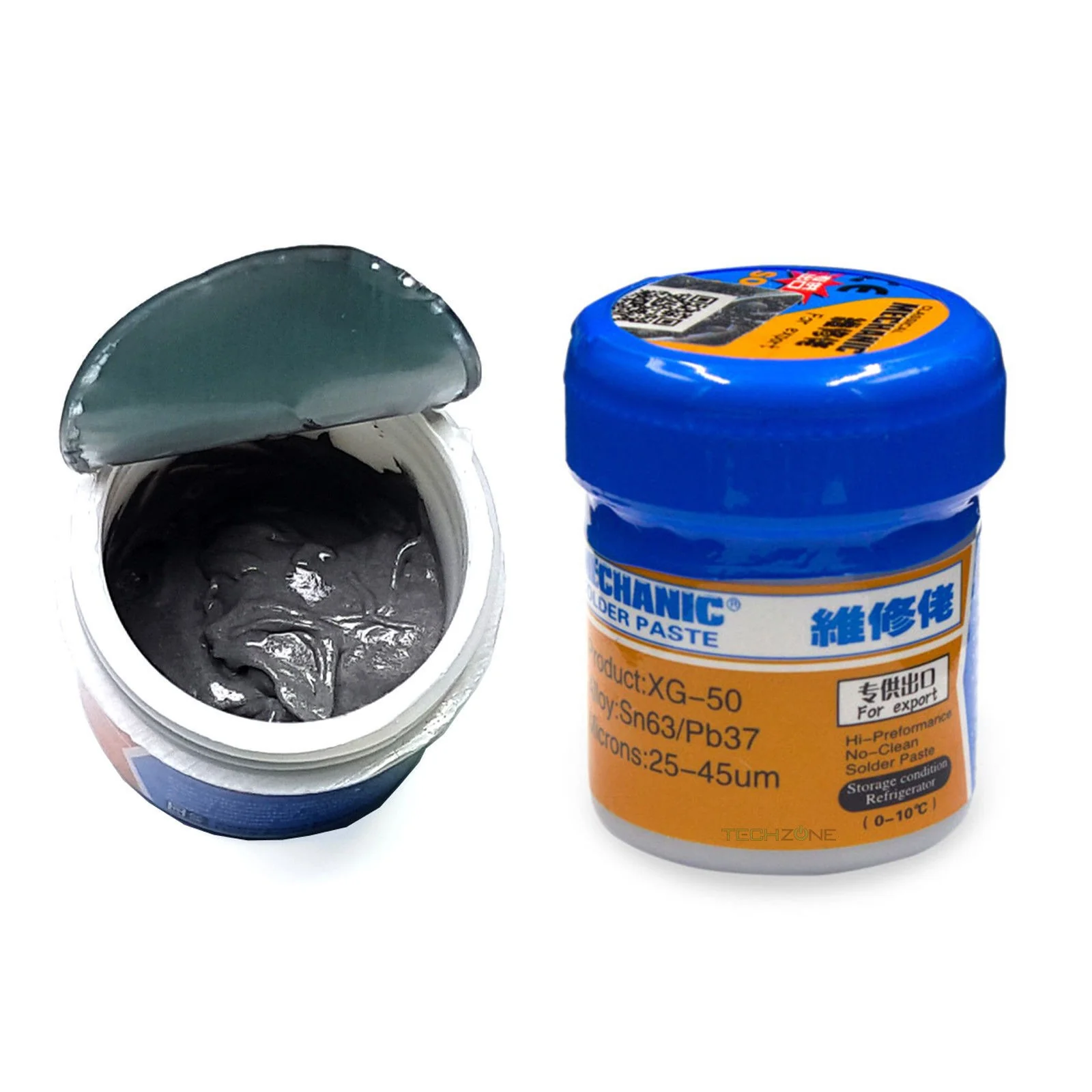

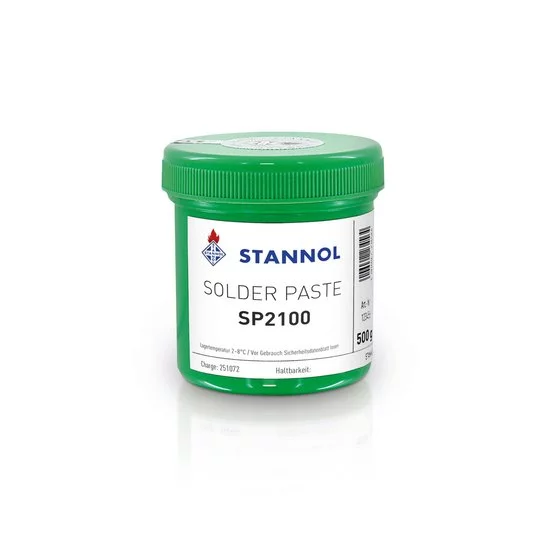
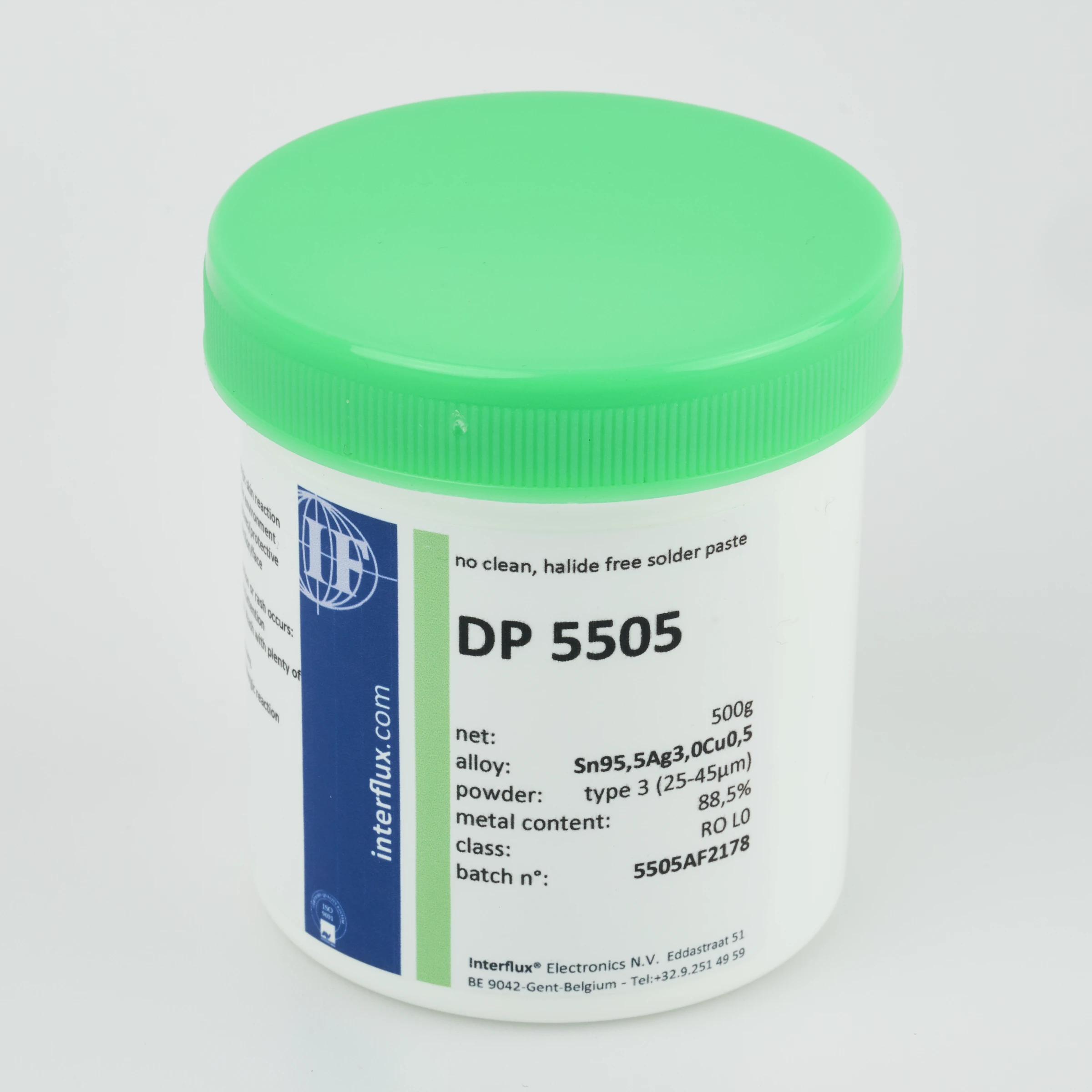

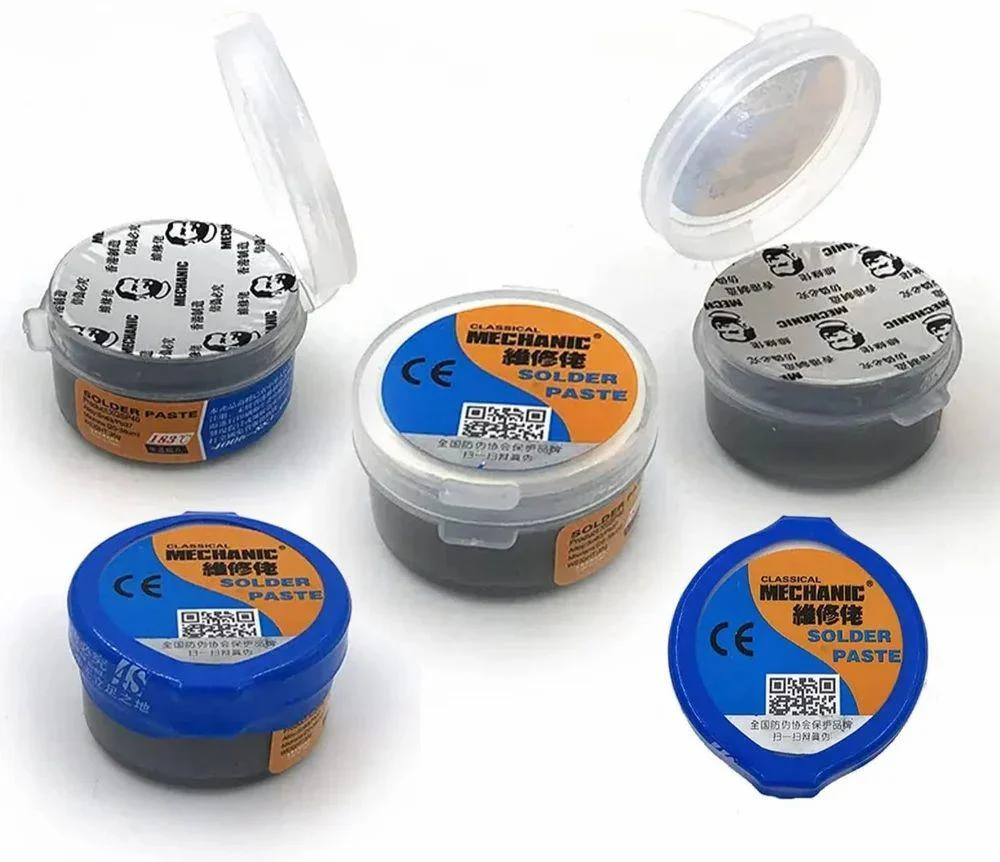
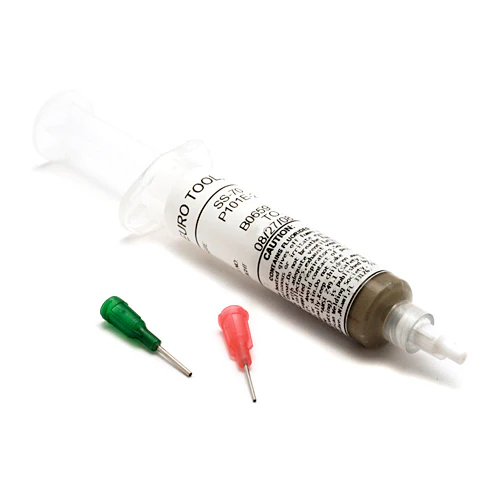


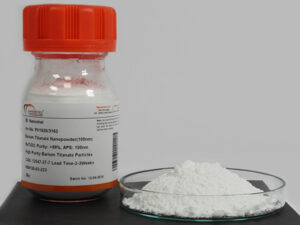
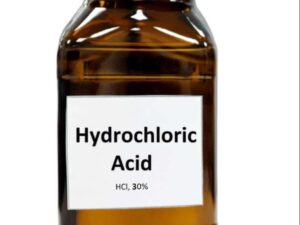
Reviews
There are no reviews yet.